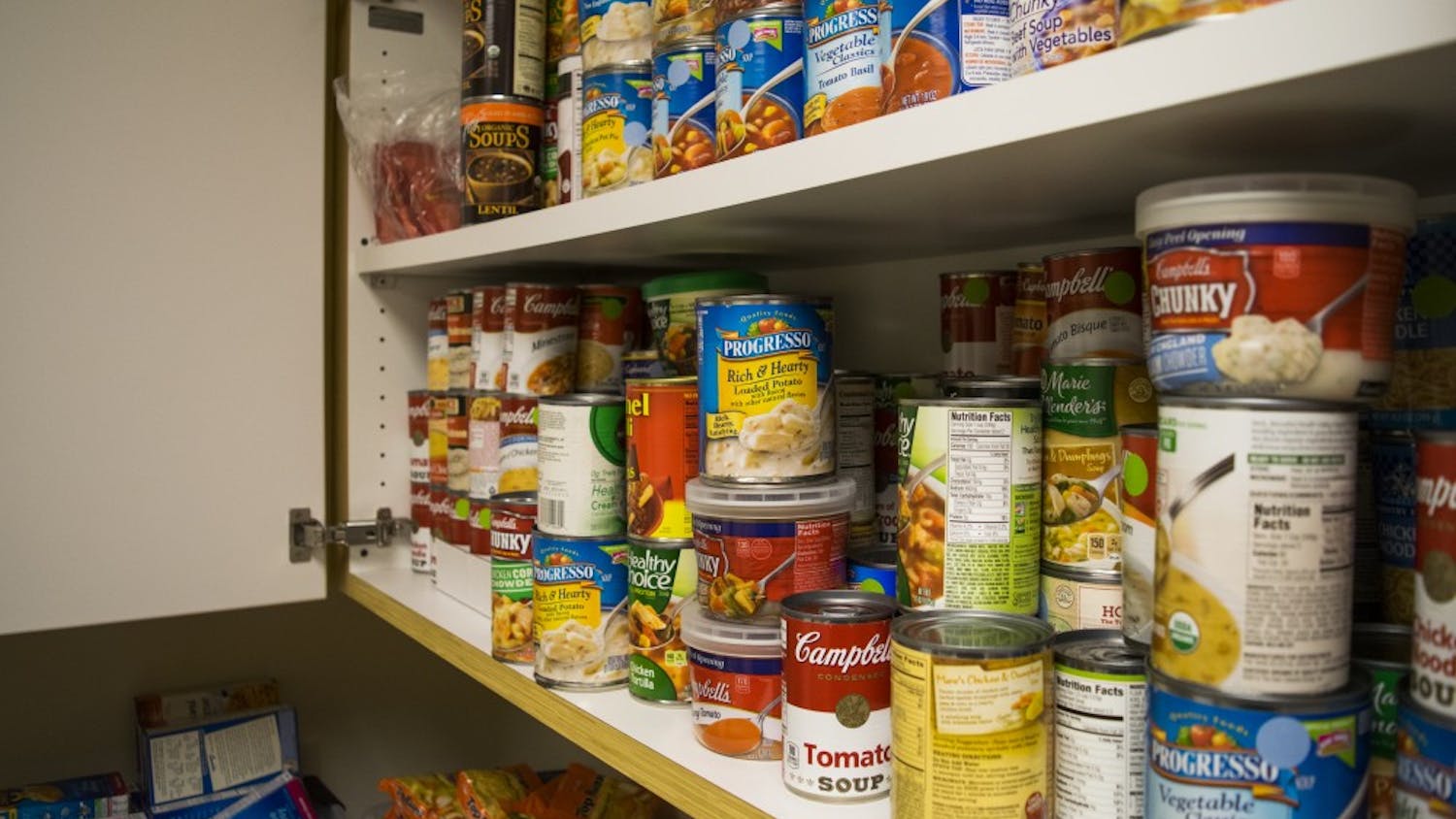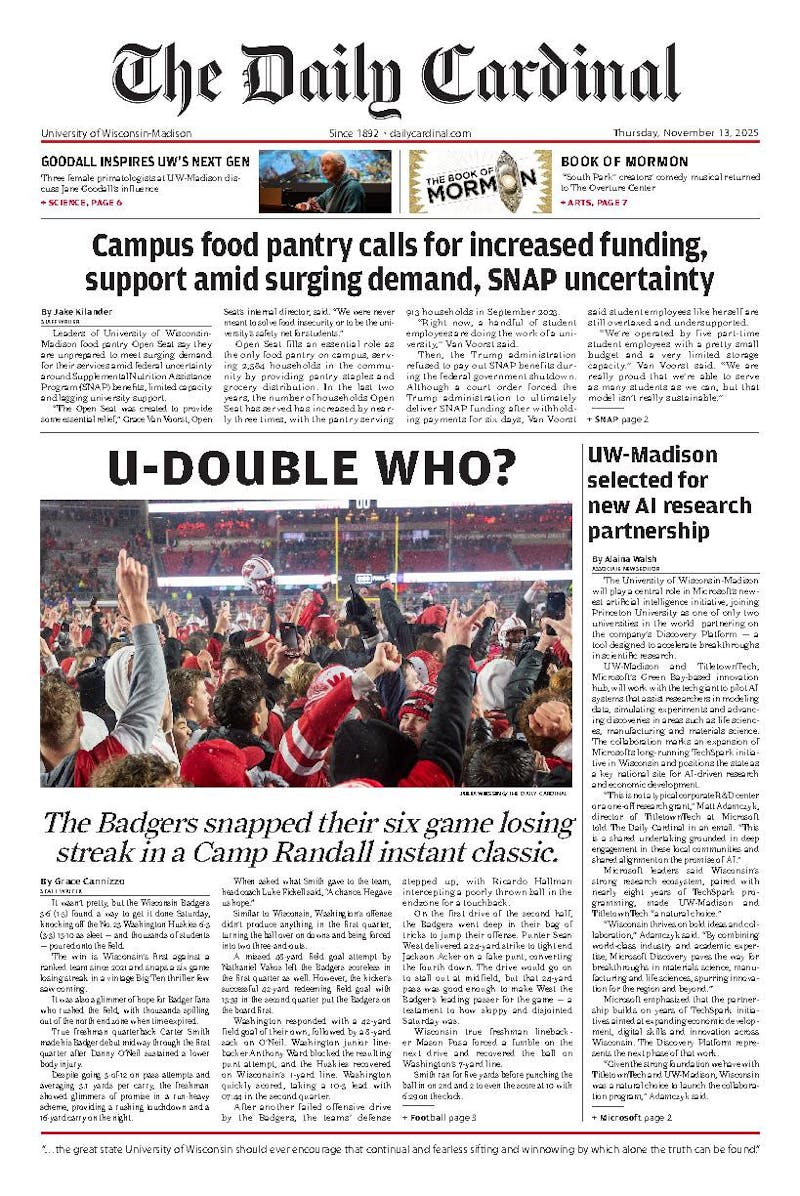For Big Blue, it's a whole new ballgame.
When the Badgers play Michigan Saturday, they will face one of the biggest trends, and perhaps biggest fads, in college football today. That would be the spread offense, and specifically the variation run by Michigan coach Rich Rodriguez.
Michigan has long been the bastion of strong-armed, statuesque quarterbacks, powerful runners and the slow, plodding brand of offense that has been used to characterize the Big Ten. This viewpoint, however, belies the fact that the spread is already a common feature throughout the conference.
The Purdue Boilermakers have run Joe Tiller's basketball on grass"" passing spread for well over a decade, while Northwestern has featured a more run-oriented attack since the late 90's.
By 2005, spread offenses had nearly become ubiquitous in the Big Ten as the Buckeyes and Penn State both used it to win BCS bowls.
The spread offense itself is an umbrella term for offenses that run a majority of their plays out of the shotgun formation, usually sending out more than two wide-receivers. There are all different kinds of spreads: from Texas Tech, which replaces many runs with short passes, to West Virginia, which ran on over 70 percent of its plays over the last three years.
When Michigan made their change, they became the eighth Big Ten team to use some spread offense, leaving only Iowa and the Badgers.
Wisconsin has had a strange, and often unsuccessful, history when it comes to the spread.
Northwestern rolled up over 500 yards of offense on the 2000 Badger squad that had title aspirations. This same wide-open Northwestern attack derailed a 5-0 Badger start in 2005 with 51 points while last season's team was first beaten by Illinois' option-heavy spread.
On the other hand, the Badgers have been historically successful against Purdue, especially against some of their more hyped up teams.
The national perspective usually comes back to the age-old stereotypes about the Big Ten and particularly the Badgers: too slow, not enough athletes, and defenses that cannot adapt to the new way football is played.
All these critics, however, forget that for one brief moment the Badgers attempted to spread the field. It was in the 1998 Outback Bowl against Georgia.
They broke out the shotgun, spread the field. The problem was that Mike Samuel was running the show, and receivers like Tony Simmons and Donald Hayes don't really put fear in the hearts of defenders.
The change also meant that Ron Dayne was taken out of his traditional role of running straight at the defense and powering over tacklers. He was held to 36 yards on just 14 carries.
When the dust settled, Georgia won 33-6.
Whether the loss was due to the offense or the bevy on NFL talent on Georgia (star players Hines Ward, Champ Bailey and Marcus Stroud all suited up for Georgia that day) the Badgers have not relied on the shotgun since that game.
The final question is, what does this shift mean for the current Badger team and the answer could be positive. The spread challenges teams in terms of lateral spread, which leads to smaller, quicker players.
Against the power-running game plan Wisconsin employs, these small players could be at a disadvantage.
Although Saturday's game will be billed as a clash between the past and the future, the Badgers will be out to prove that old school is still in.
Think Wisconsin should just run the spread. Tell Ben at breiner@wisc.edu





